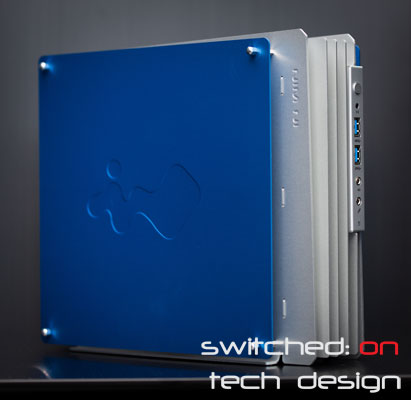With the recent release of Intel’s Haswell-EP (aka Grantley) range of CPUs we have a new assortment of motherboards to match. One of the Supermicro server offerings is the X10SRH-CLN4F single-socket (UP, as opposed to dual socket – DP) board.
With the recent release of Intel’s Haswell-EP (aka Grantley) range of CPUs we have a new assortment of motherboards to match. One of the Supermicro server offerings is the X10SRH-CLN4F single-socket (UP, as opposed to dual socket – DP) board.
We have a new motherboard in-house – the single-socket 2011-3 Supermicro X10SRH-CLN4F. Photos are done, full review to come soon!
In-Win’s H-frame ITX chassis caught people’s attention in early 2013 for it’s striking looks, and today we got our hands on one to review.

One potential caveat of utilising the PIKE slot is that there is minimal clearance between the PIKE card heatsink and the nearest PCI slot; once the card is installed;
Mere millimeters! A top view:
This poses two problems. Firstly, not many PCI cards have low enough clearance to actually fit! We tried to fit a number of cards – NICs, USB cards and serial port cards – and the vast majority were unusable due to the low clearance. We did have success with an Astrotek USB 2.0 expansion card – just.
Secondly, if you do have a card that has short enough components that it doesn’t hit the PIKE card you will significantly reduce the amount of airflow available to the PIKE card. Depending on how your case is set up for airflow, this may be cause for concern.
Given that this board has plenty of PCI-E expansion and a second PCI slot, this is unlikely to be a significant issue for most people – but it is worth knowing about in case you do intend on using both PCI slots and the PIKE slot at once.